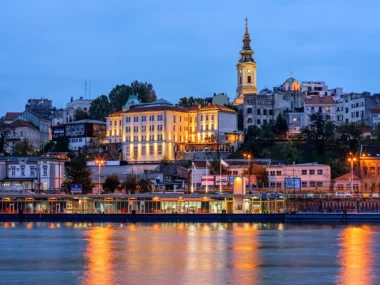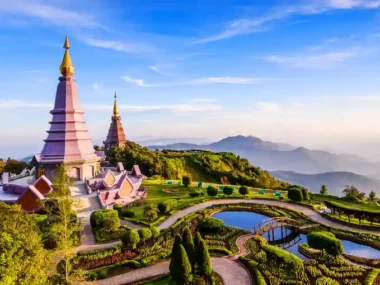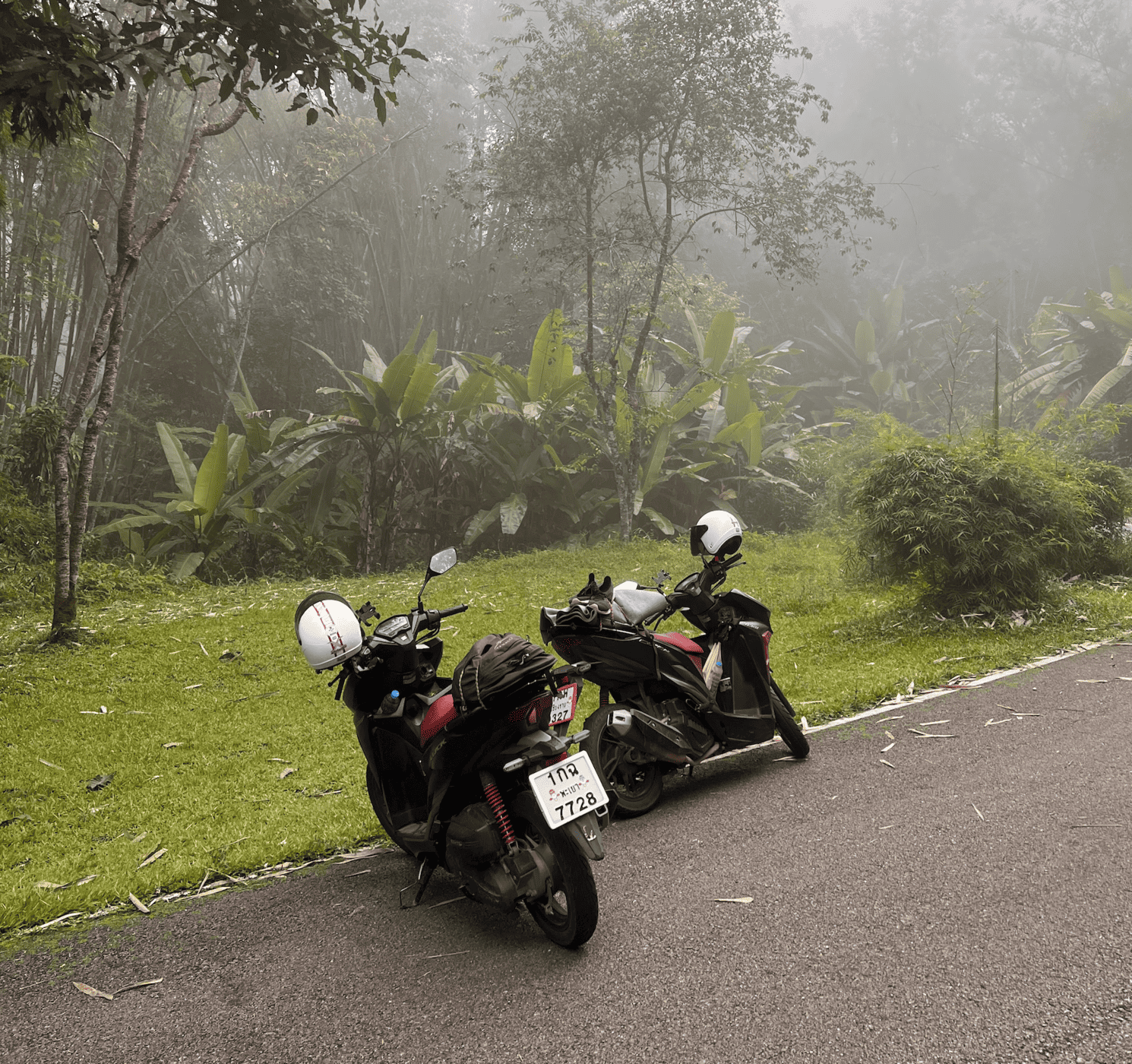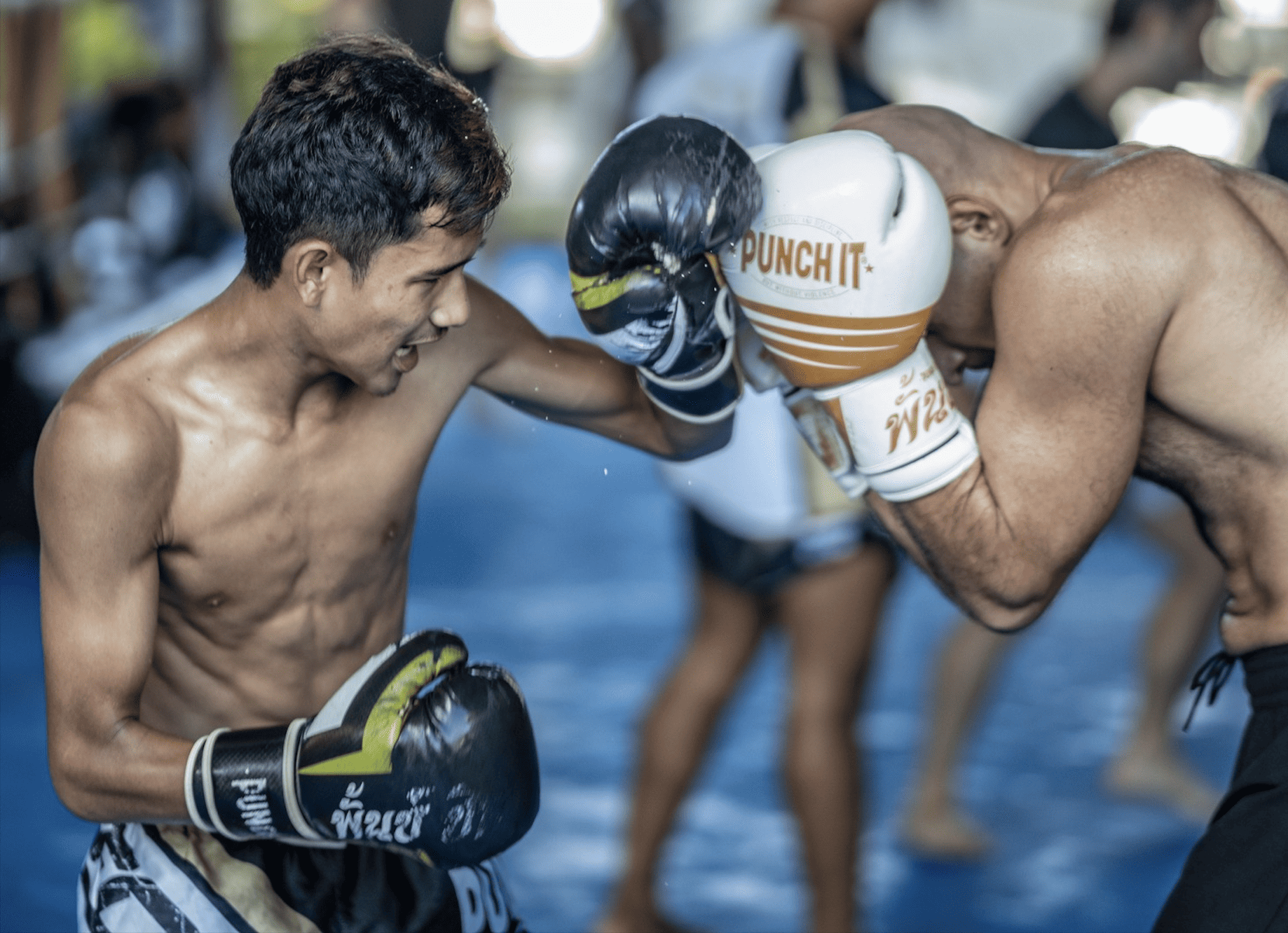Can a bike ride change your life? If you’ve ridden across Iowa with thousands of others it might do just that – as it has done for me. For the sixth time during RAGBRAI – in late July 2025 – I rode over 400 miles with 10,000 other cyclists across the plains of Iowa in the Midwest United States.
And what did I do to celebrate toward the end of the week? I hopped off my bike at Oelwein’s Grand Theatre, bought a $6 ticket to The Fantastic Four – First Steps and a small-town inexpensive popcorn and pop (vernacular for soda in this part of the world) and enjoyed a movie in my cycling jersey and Lycra shorts with about 100 other similarly dressed and minded folks from all over the world.
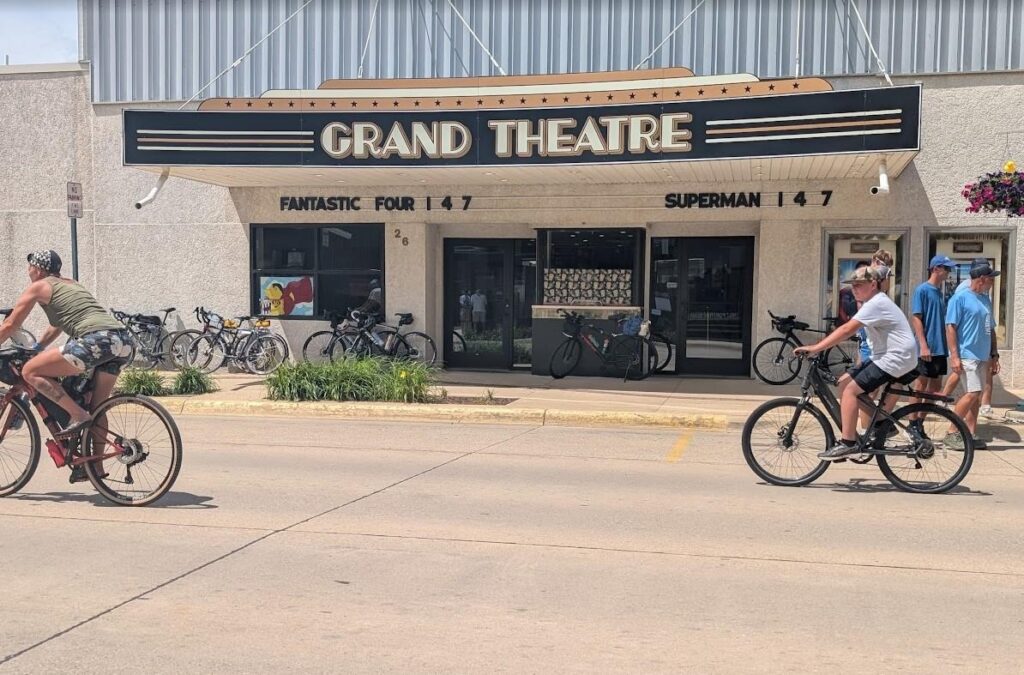
What did the other 9,900 RAGBRAI riders do? Some were still at a craft beer tent miles down the road; others were napping in the shade to escape the Iowa heat, westerly winds, and smoldering humidity – but all of them had one thing in common: they were doing something drastically different from their dreadfully ordinary lives. In fact, they were making memories.
RAGBRAI Unfolded
The Register’s Annual Great Bike Ride Across Iowa (RAGBRAI) is one of the most celebrated and longest-running annual bicycle touring events in the United States. Each year, thousands of cyclists from all parts of the world traverse the tall corn state, experiencing rural – and a few city – landscapes, and the camaraderie that defines the spirit of RAGBRAI.
RAGBRAI’s home state of Iowa has 183 cities with towns that have a population of 5000 and above; the state also has 923 towns with a population below 5000. Arguably, this is a ride in the United States’ breadbasket.
Ida Grove has been one of those small towns that RAGBRAI has stayed the night three times. It’s been my home since 1989. A cornfield is my neighbor to the west and three blocks to the east is another farm field which harbors soybeans during this year’s rotation. A herd of Angus cattle is raised north of town and to the south there are over 12,000 piglets on a friend’s farm.
If you ride RAGBRAI, chances are that you’ll see a town quite a lot like mine.
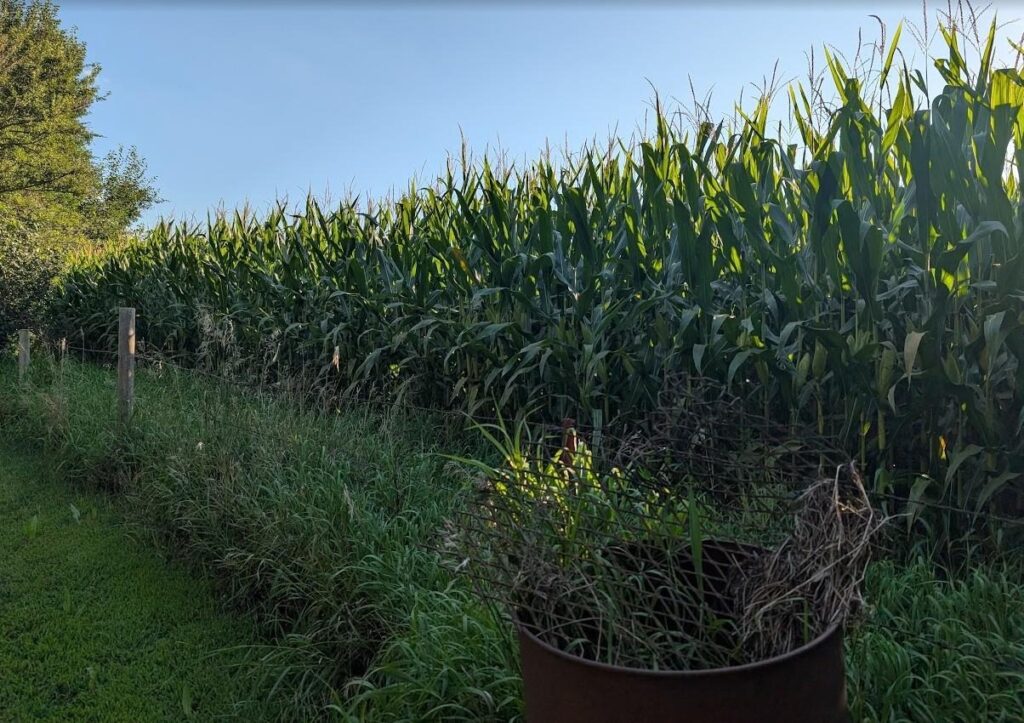
Every July since 1973 – the exception being the 2020 pandemic – bicyclists from all walks of life cycle Grant Wood’s American Gothic landscape in search of their Field of Dreams’ moment. I’ve ridden the Register’s Annual Great Bike Ride Across Iowa (RAGBRAI) six times since 1980, and the ride has transformed over the years to become, if anything, more inclusionary with electric bikes.
RAGBRAI was born in 1973, when two Des Moines Register journalists, John Karras and Donald Kaul, invited readers to ride across Iowa with them. What began as a feature story quickly evolved into a public party on wheels, as the duo invited readers to join them on their ride.
My father was a huge fan of Kaul who wrote the paper’s ‘Over the Coffee’ column which appeared on the opinion page. We rode the rider for that reason in 1980; today – my father passed away three years ago – I ride it because I’m seeking small town theaters like the one I manage in Ida Grove.
RAGBRAI has grown from 300 participants to upwards of 10,000 riders. The route, which changes each year, spans 400 to 500 miles or more. Routes start from Iowa’s western border where riders dip their bike’s rear wheel in the Missouri River to its eastern edge where their front tire gets wet in the Mississippi. The ride takes place Sunday to Saturday in late July with each day featuring a new host town.
My first RAGBRAI
Like a first love, few people forget their first RAGBRAI: I rode my first trek across Iowa when I turned 16 on July 12, 1980. Two weeks later, I was headed with my dad to Glenwood, Iowa, a town on the Missouri River, to begin a 468-mile trek across Iowa.
The Des Moines Register provided two large white trucks to haul duffel bags, sleeping bags, pillows, and tents for the growing number of riders which totaled 5,000 that year. Every overnight town provided a campground for any open space that could be found in and around that community; school grounds, parks, football and baseball fields, and private homes were dotted with tents of all shapes and sizes.
In 1981, Monday’s cold weather – temperatures only reached the mid-40s – and a steady rainfall from Mapleton to Lake City made for a day fraught with hypothermia for some riders. My Dad and I stopped at a local shop where he purchased a red sweatshirt for me; later that day, the soaked shirt was placed with my other wet laundry, turning everything pink. Sometimes, RAGBRAI weather can be unpredictable to say the least. That cold-to-the-bone day was later declared ‘Soggy Monday’ on a commemorative patch.
Farmers and riders’ families provided SAG wagons – an acronym that likely was tied to ‘Support and Gear’ – in the early years, and few people finished that day. The Register did not provide a SAG service until later years when they initiated a fee of $15 per rider.
Tent cities were the main accommodation during these early decades of RAGBRAI, and it made for a great social experience. I once asked out a nice-looking blonde to supper and, much to my surprise and delight, she accepted. We ate hamburgers grilled out by Carroll’s local Lion’s Club and made small talk; the evening came to a quick end when her boyfriend rolled in on his Schwinn Le Tour. Marijuana smoke rolled over from their tent later that evening as I sulked at the money spent on an unavailable date.
Hog roasts were the most common evening meal to draw a rider’s nose off the trail. Church suppers with spaghetti and church lady’s homemade apple pie were numerous, easily afforded, and damn delicious. And those church folks were so nice, allowing us to stay in their air-conditioned basements, chatting away with new friends.
Gatorade used the captive RAGBRAI audience to market its lemon-lime drink for athletes by offering it for free via a tanker; I can still feel the sticky residue on my hand after filling my water bottle. SPOILER ALERT: You will no longer find anything free on RAGBRAI, except for water, placed at the exit in the town in hopes that you’ve bought bottled water first.
To cool off on especially hot days, my father and I would find a movie theater to take in a feature – much like I did on my arrival to Oelwein. In Wavery, we watched the disaster movie spoof ‘Airplane!’ at the Palace Theatre. The air-conditioned Palace was packed to capacity on a humid 90-degree evening as one of the film’s main characters drove a convertible headlong into a cyclist. The RAGBRAI crowed jeered and booed as the rider got up from the pavement bellowing ‘ASSHOLE!’ – raucous laughter ensued. Communal experiences like this are common most days of the week while RAGBRAI rolls along.
Introducing Modern-day RAGBRAI
During my teens and 20s, I was a RAGBRAI purist turning up my nose at invitations to stay in homes. On a 1990s in Mason City, my father insisted we stay at an IBM colleagues’ home; Mason City was the mid-point, and it was a hot, humid year, with jumbo-sized mosquitos. Our gracious hosts made hamburgers on the grill, potato salad, and a German chocolate cake second to none. The man’s good wife did our laundry, offering a hot shower – a reprieve from the immodest gymnasium cold showers – and we had beds to battle sleep deprivation.
That was the end of my protests and the beginning of a very changed sort of RAGBRAI experience. In 2025, our group stayed in hotels and homes of acquaintances. Today, people use the internet to reach out to host towns to inquire about housing, whether it be in a generous person’s home or backyard. During the years leading up to 2025’s 52nd ride, this has only improved through the services offered at ragbrai.com. Host towns create Facebook pages and information is steady and plentiful.
For our latest RAGBRAI adventure, we had a small team of five, all members responsible for finding homes along the way. A coffee friend knew a couple in Forest City. My son connected us with a former classmate in Cedar Falls.

The rest of the team came up with a balance of accommodation. With an internet connection, prospective riders from all over the world can do the same. In most instances, the residents were volunteering in town, so getting to know our host was difficult at best; we did, however, have cool and dry places to sleep.
Even though I swear away from outside accommodations like the plague, tent city companies have emerged offering a service to put up all your team members’ tents, inflating mattresses, and dismantling it all to bring it to the next town. There’s even a service that will take your car from the starting point and deliver it to the final host town; this is so much more convenient than begging for a ride from a relative who must find you among 10,000 of your closest friends.
While gymnasium cold showers are still part of RAGBRAI, many teams have drivers who set up camps prior to their riders’ arrival, including filling bladders for shower water that warm in the sun. Makeshift showers are erected and no more waiting in line for an ice bath! Also, no more worrying that new friends will ask about your father’s uncircumcised penis.
Like in the old days, I was looking for a locally baked pecan pie, my favorite. RAGBRAI has grown to require licensing food vendors. The good news is that vendors must follow guidelines for safe food preparation. The bad news is that this has brought in many commercial food vendors, leaving the schools, farm clubs, library fundraisers, and small-town charm behind. The more I was willing to leave the main street of each town, the better my chances of finding a local establishment or club to support. Be prepared to have $300 minimum for eating expenses; it’s best to bring cash in case a credit card machine fails to work with such pressure on local Wi-Fi.

Cell phones, while they certainly have made communication easier at times on RAGBRAI, still have limited use with so many people trying to use a cell phone tower in a narrow swath of highway. Still, the chance to communicate with others back home is much greater than pre-cell phone days.
RAGBRAI Registration Fees have blossomed to $230 for early registration and $350 for late registration. This fee does NOT include charter services, travel expenses, food, equipment, accommodation, or any other personal expenses. However, this fee does help to pay for route marking – including alternative gravel routes, traffic control, on-route medical support, nightly entertainment, and access to designated camping areas with portable toilets.
RAGBRAI’s Lasting Impression
What has always made this Missouri-to-Mississippi ride great is the fabric of experiences which can change a person’s view of the world. Just outside of Oelwein, a member of our team stopped for ice cream prepared by a couple and their children (a local buy!). At that stop, A rider was enjoying an ice cream cone and speaking with an Amish gentleman who held the reins of his horse.
The rider confided that he had never ridden a horse before and asked the bearded man if he could take a photo of him with his horse. “I can’t be in your photo,” the Amish man said, “but I’d be happy to let you ride my horse.” Another member of humanity found his Field of Dreams through RAGBRAI, a timeless attribute of this ride across Iowa. I stuck around just long enough to see him get a photo of himself with a plow and pig. Isn’t Iowa life grand?
RAGBRAI’s history reflects the power of a simple idea to unite people in pursuit of adventure and fellowship. From its origins as a journalistic experiment to its status as an iconic American event, RAGBRAI continues to embody the joy of cycling, the rural beauty of the Midwest United States, and the strength of community… a living legacy on wheels.
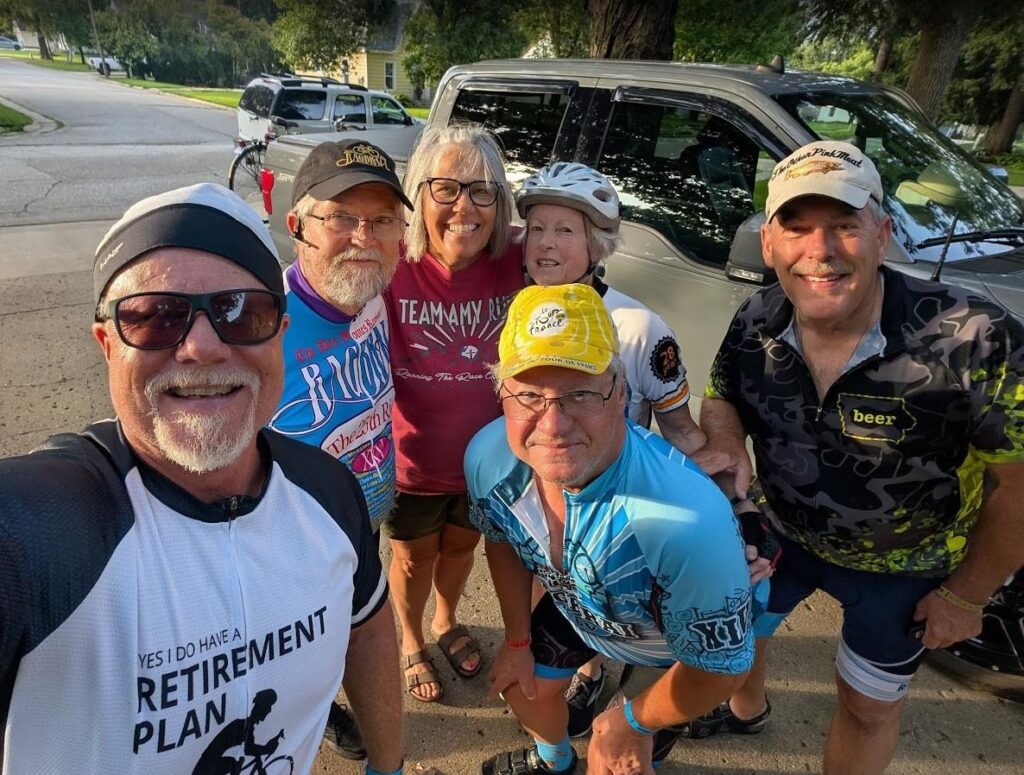
Want more stories like this? Explore our other American adventures:



